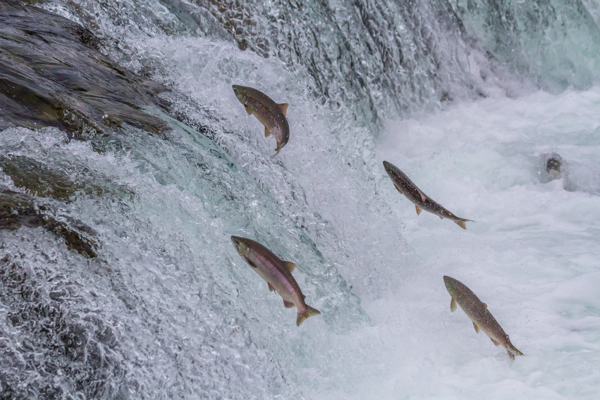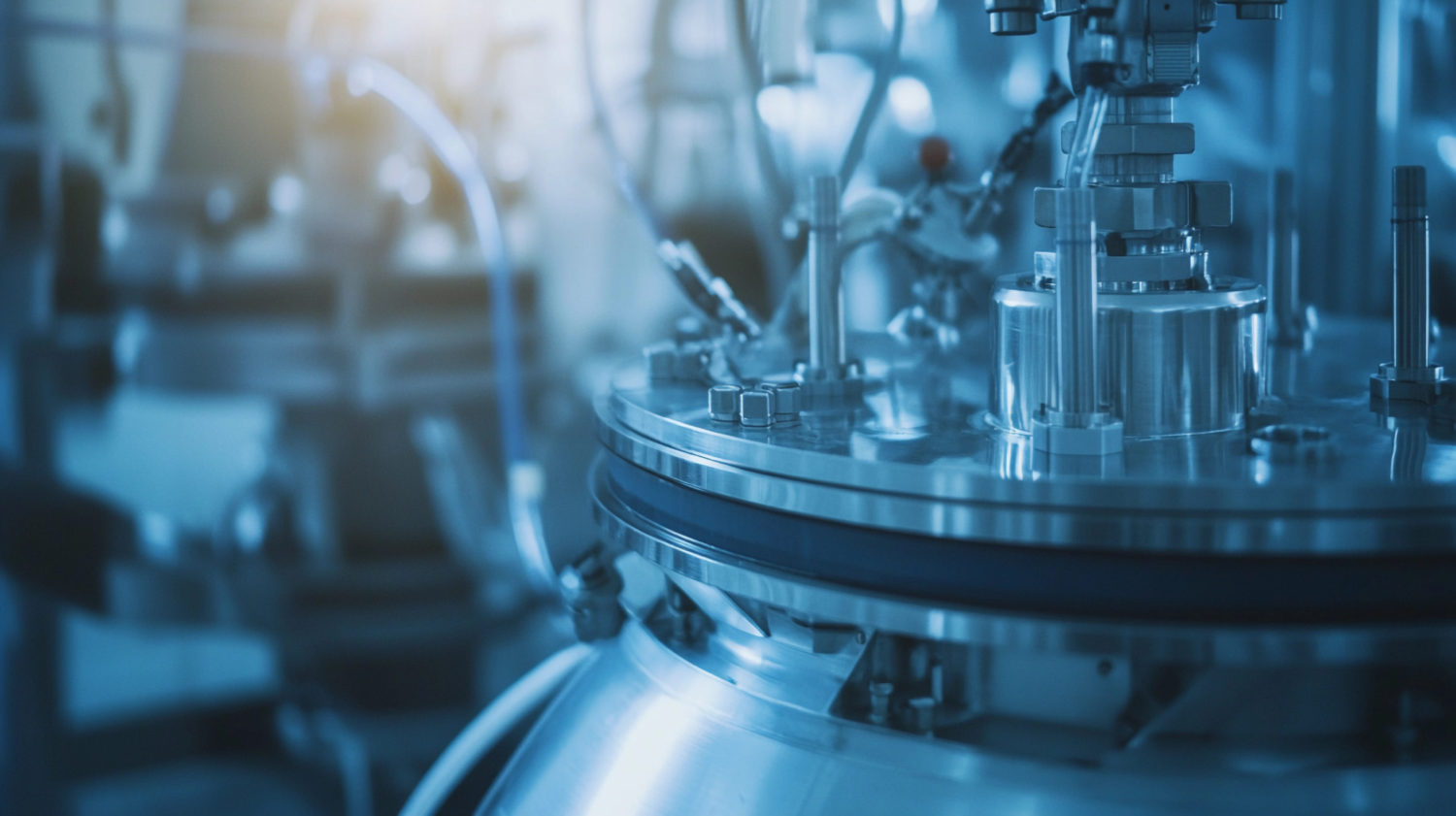Fish sperm a ‘key ingredient’ to recycling rare earth elements

Salmon sperm is considered industrial waste from fishery industries, so it would be a cheap and green alternative to current rare earth extraction methods. (Image by Sekar B. | Shutterstock.com)
Japanese scientists have developed a process that uses salmon sperm, also known as milt, to mine and reprocess rare earth elements (REEs) from ore and materials such as magnets and electronic waste.
Currently the extraction REEs is costly and potentially environmentally damaging. But the new method proposed by the University of Tokyo team, published in the journal PLOS One, could provide a clean and cost effective alternative.
Yoshio Takahashi and his colleagues were studying the absorption of REEs by bacteria cells when they found that the phosphate site plays an important role in the binding of metal ions, which let them to consider the possibility of DNA (which also has a phosphate site) being used to extract REEs in water.
To test their theory, the researchers used powdered milt and a solution containing the primary metals used in neodymium magnets—neodymium, dysprosium, and trivalent iron. When mixed together, the ions in the metal were attracted to the phosphate in the salmon semen.
This isn’t the first time fish sperm – or rather the DNA contained within — has been used in unusual ways. Among the strangest are fireproof coatings and templates for mass-producing silver nanoparticles.
Takahashi acknowledges that, while there isn’t much money in recovering REE from scrap magnets, the salmon-milt process might be better suited for extracting and recycling other elements on a large scale.
{{ commodity.name }}
{{ post.title }}
{{ post.date }}

Comments